This post may contains affiliate links. Read our full disclosure here.
Historic wine making monasteries have shaped the wine world in ways most of us never realize when sipping our favorite glass. These sacred institutions weren’t just places of prayer and contemplation—they were the original wine research centers, experimenting with techniques and preserving grape varieties across centuries of political upheaval, war, and climate challenges. The dedicated monks behind monastery walls didn’t just make wine for liturgical purposes; they revolutionized viticultural practices that still influence what we drink today. From perfecting fermentation methods to identifying ideal vineyard sites, historic wine making monasteries created the blueprint for modern winemaking excellence.
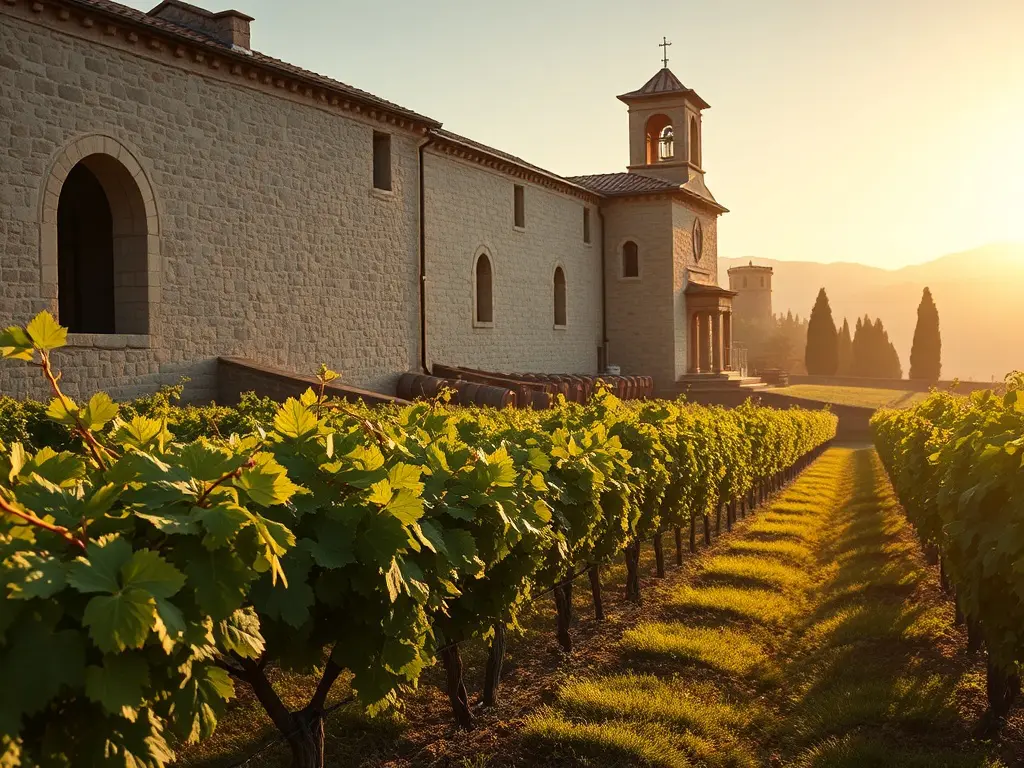
What fascinates me most about these historic wine making monasteries is how they managed to blend spiritual devotion with practical innovation. While maintaining their religious duties, these monks meticulously documented their wine experiments, passing knowledge from one generation to the next. This continuity allowed for wine traditions to develop that might otherwise have been lost to time. Today, we’ll explore ten remarkable monastic winemaking institutions that left an indelible mark on wine culture—places where centuries-old techniques still influence what we find in our wine glasses.
Abbey of Cluny: The Birthplace of Monastic Wine Discipline
Founded in 910 AD in the heart of Burgundy, the Abbey of Cluny stands as perhaps the most influential of all historic wine making monasteries. This Benedictine powerhouse created a wine empire that spread its viticultural influence across medieval Europe through a network of over 1,000 satellite monasteries. The monks at Cluny didn’t just make wine—they systematized viticulture with unprecedented precision.
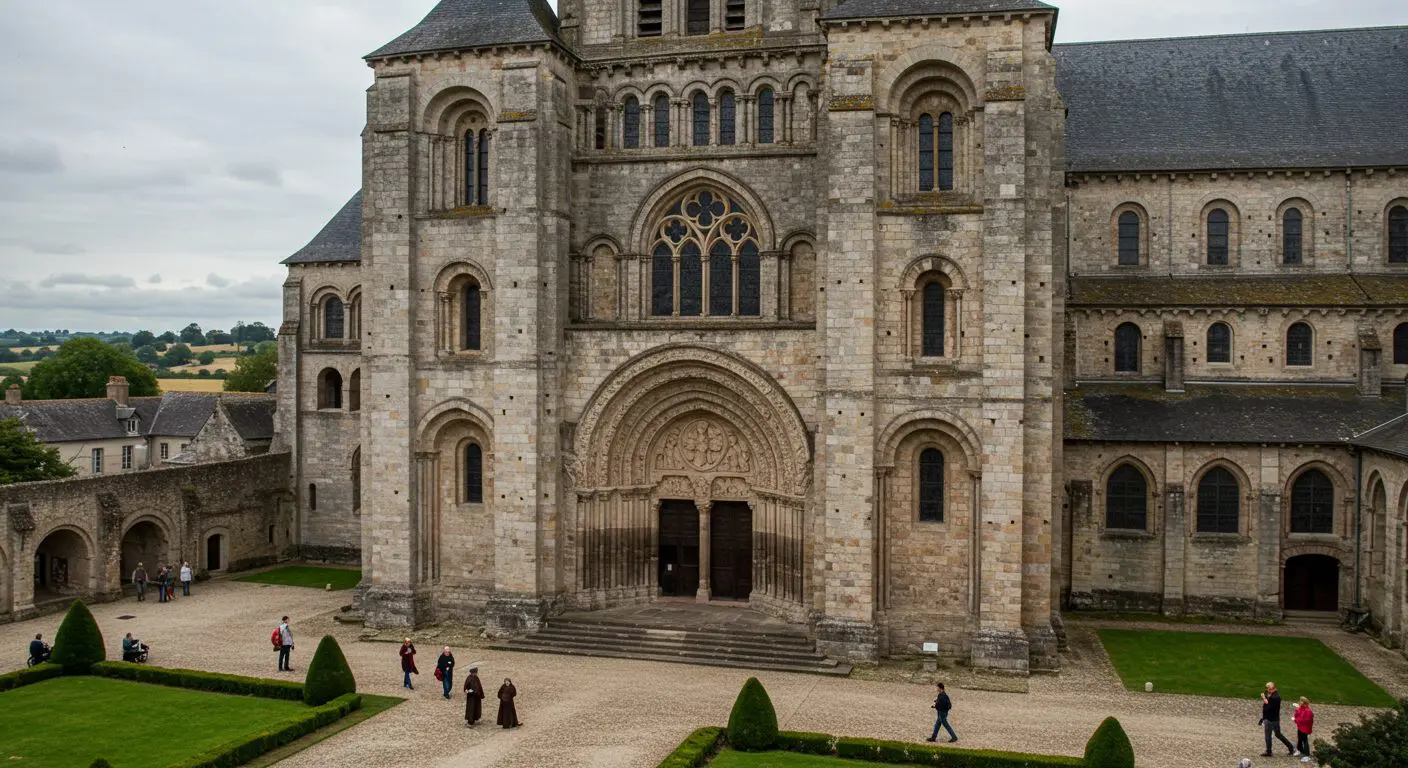
What made Cluny special was its organizational genius. The monks developed detailed systems for:
- Vineyard plot selection based on soil types and sun exposure
- Strict yield control for better grape concentration
- Documented fermentation procedures that established consistency
- Cellar organization that allowed for proper aging
Though largely destroyed during the French Revolution, Cluny’s legacy lives on in Burgundy’s vineyard organization and the wine traditions of France. Their meticulous approach to vineyard management formed the foundation for quality-focused winemaking that defines Burgundy to this day. When you taste the precision in a fine Burgundian wine, you’re experiencing Cluny’s ancient influence.
Kloster Eberbach: Germany’s Riesling Sanctuary
If you’ve ever enjoyed a crisp, mineral-driven German Riesling, you can thank the monks of Kloster Eberbach. Founded in 1136 in the Rheingau region, this Cistercian monastery became the definitive caretaker of Riesling, helping to establish it as Germany’s noble grape. The monastery’s vineyards benefited from perfect southwestern exposure along the Rhine River, creating ideal conditions for this demanding grape variety.
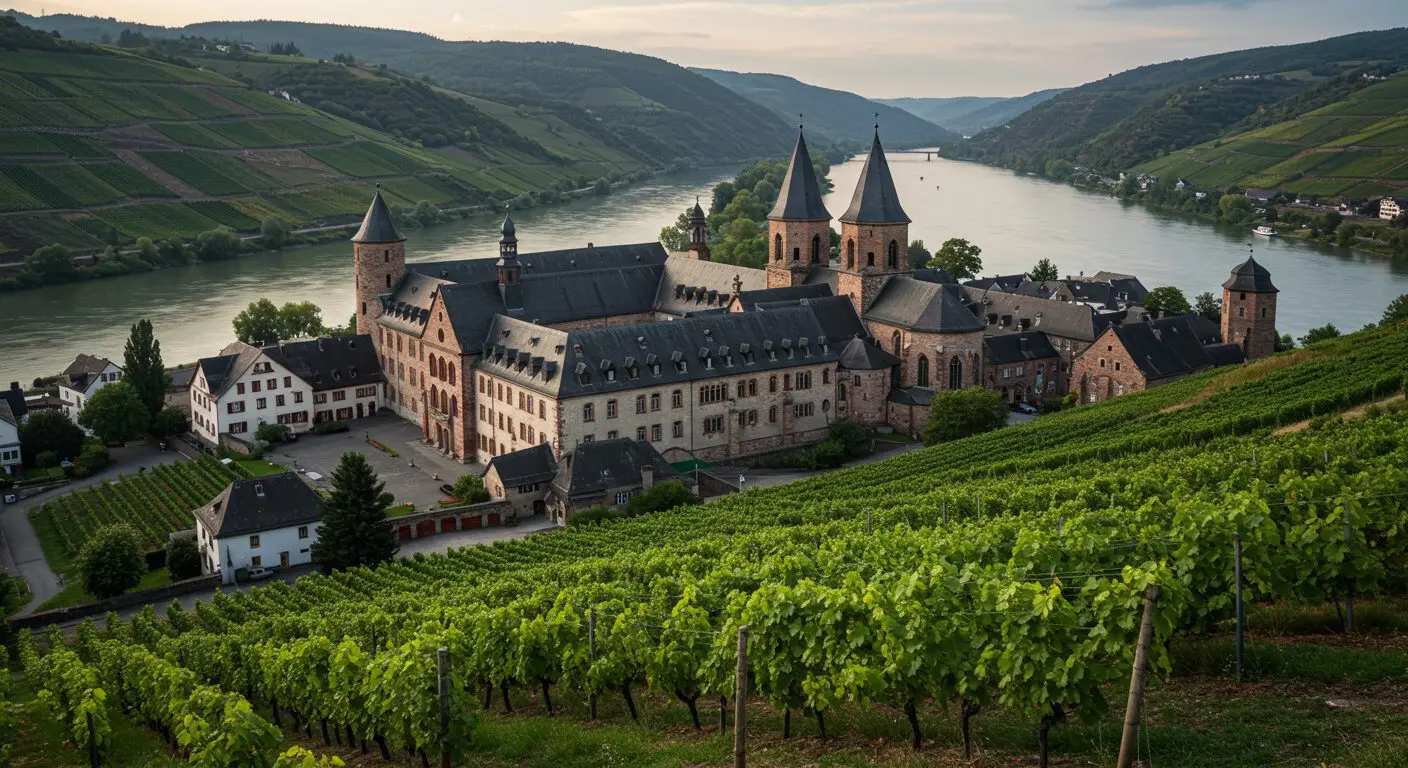
The monks’ contributions to wine culture extended beyond just growing grapes:
- They cataloged different Riesling clones and their characteristics
- Developed the world’s first organized wine auctions, still held today
- Created cellaring techniques specifically for high-acid white wines
- Pioneered late harvest wine styles that would later become Germany’s famous dessert wines
“Kloster Eberbach helped define what makes Riesling world-class—long before it became trendy in modern wine circles.”
Today, you can visit this stunning monastery and taste wines still produced under its label. The dramatic vaulted cellars even served as filming locations for “The Name of the Rose,” making it a destination for both wine and cinema fans. This historic wine making monastery demonstrates how understanding vintage variations developed into an art form under monastic care.
San Millán de la Cogolla: Where Wine Met Words
In Spain’s renowned Rioja region stands the UNESCO World Heritage monastery of San Millán de la Cogolla, a place where wine and language developed side by side. This historic wine making monastery played a unique dual role in Spanish cultural development—it cultivated early Tempranillo vineyards while simultaneously preserving the earliest written examples of the Spanish language in its scriptoriums.
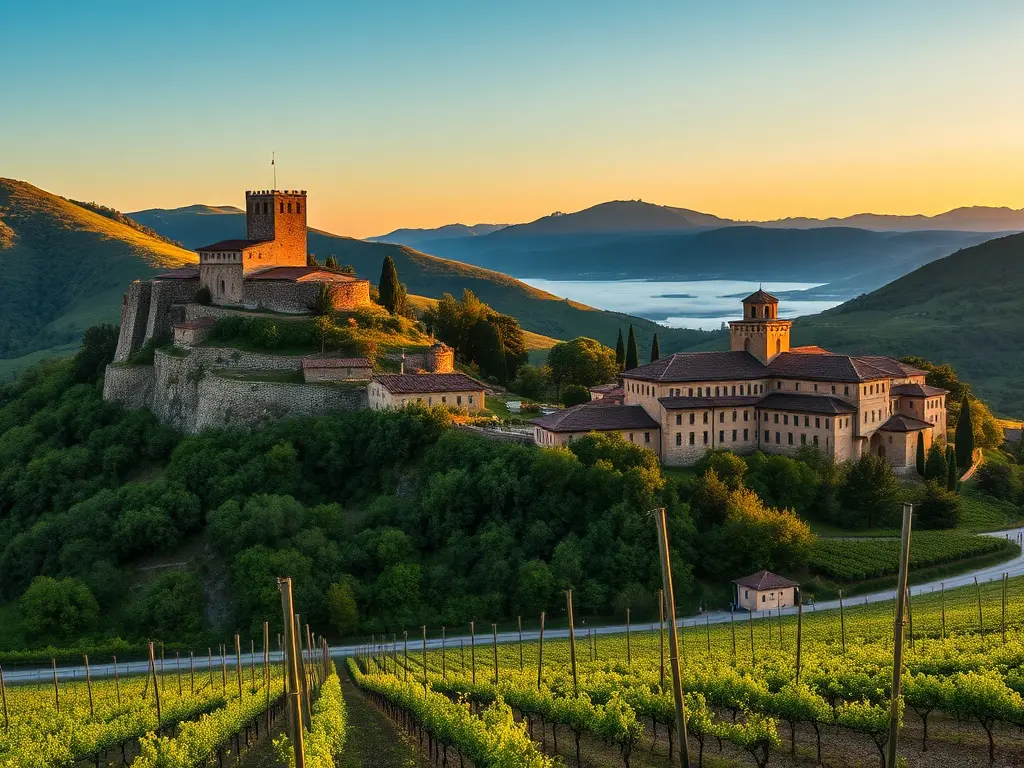
What makes San Millán de la Cogolla fascinating:
- Monks documented early Tempranillo cultivation techniques in their manuscripts
- They created some of the first written records of Spanish viticultural terms
- Vineyard management texts from the monastery informed wider Spanish wine practices
- Their wine production sustained the monastery for centuries
The monastery’s significance extends beyond wine into the very foundations of Spanish cultural identity. Their commitment to documentation helps us understand how wine traditions developed across different regions. When visiting Rioja today, you can see direct connections between ancient monastic practices and modern winemaking techniques, especially in the long-aging traditions that define classic Rioja wines.
Saint-Vivant Abbey: Burgundy’s Terroir Pioneers
Located in the hallowed ground of Vosne-Romanée in Burgundy’s Côte de Nuits, Saint-Vivant Abbey holds a special place among historic wine making monasteries for its connection to some of the most prestigious vineyard land on Earth. The monks of Saint-Vivant owned and farmed what would later become the world-renowned Romanée-Conti vineyard, now producing some of the most expensive wines in existence.
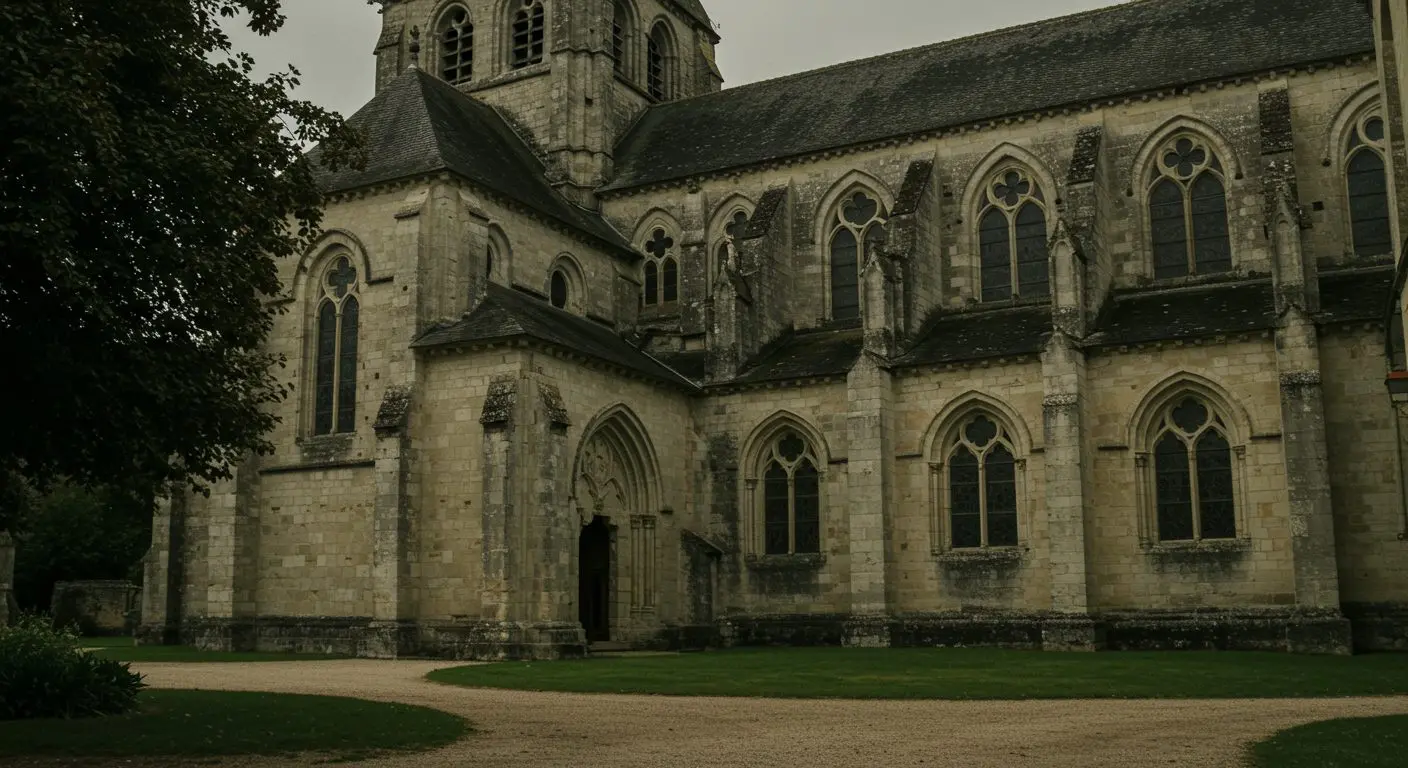
The achievements of Saint-Vivant’s winemaking monks include:
- Identifying the unique growing conditions of individual vineyard plots
- Developing the concept of “terroir” centuries before it became wine terminology
- Creating vineyard boundaries that later informed the AOC classification system
- Establishing techniques specific to Pinot Noir cultivation
While little remains of the original abbey today, its legacy lives on in every bottle of wine from this legendary region. The monks’ careful observation of how wines from different plots expressed distinct characteristics laid the groundwork for Burgundy’s intricate vineyard classification system. Their understanding of place-specific viticulture transformed how we think about wine quality and classification systems around the world.
Einsiedeln Abbey: Alpine Winemaking Mastery
Nestled in the Swiss Alps near Zurich, Einsiedeln Abbey demonstrates how historic wine making monasteries adapted to challenging growing environments. This Benedictine monastery, founded in the 10th century, continues its winemaking tradition today, producing remarkable high-altitude wines that showcase the potential of cool climate viticulture.
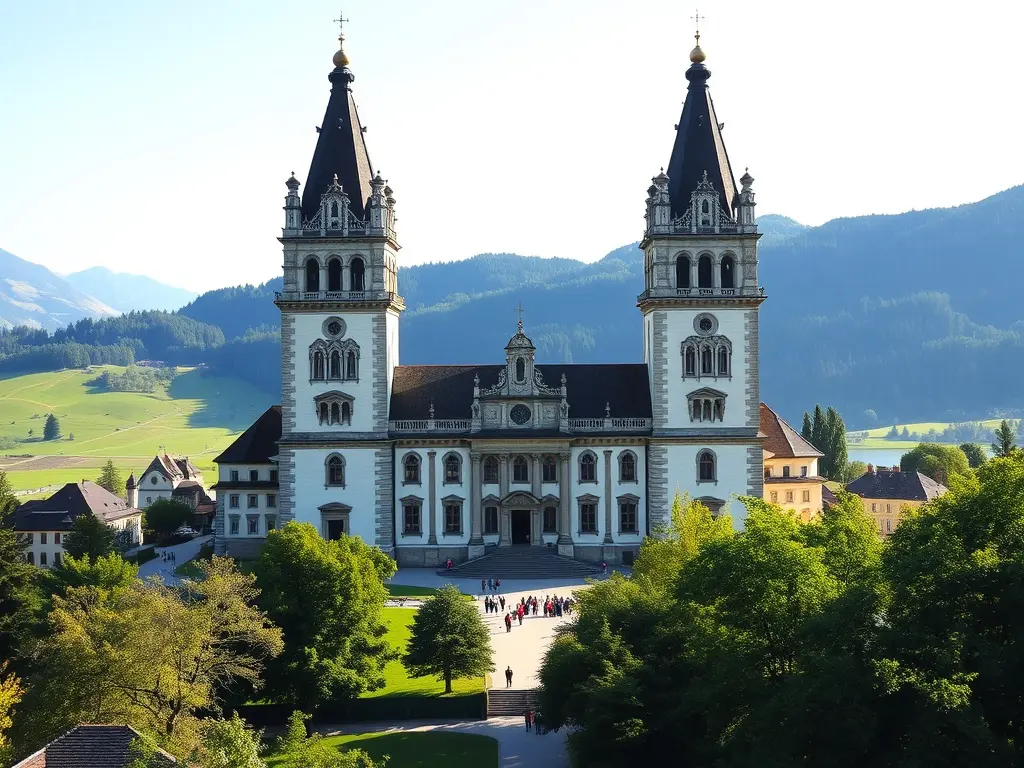
The viticultural innovations from Einsiedeln include:
- Techniques for ripening grapes in marginal alpine climates
- Methods for protecting vines from harsh winter conditions
- Development of grape varieties suited to shorter growing seasons
- Precision harvesting to maximize quality in challenging years
What I find most remarkable about Einsiedeln is how the monks succeeded where others might have abandoned hope. They proved that dedication and careful observation could overcome seemingly impossible growing conditions. This perseverance lives on in the tradition of marginal wine regions throughout Europe, where determined vintners continue pushing boundaries in extreme terroirs.
Montserrat Monastery: Catalonia’s Viticultural Guardian
Dramatically perched atop a serrated mountain range near Barcelona, Montserrat Monastery represents how historic wine making monasteries served as cultural anchors during turbulent times. This iconic Catalan institution didn’t just produce wine—it helped preserve indigenous grape varieties and traditional techniques during periods when Catalan identity was under threat.
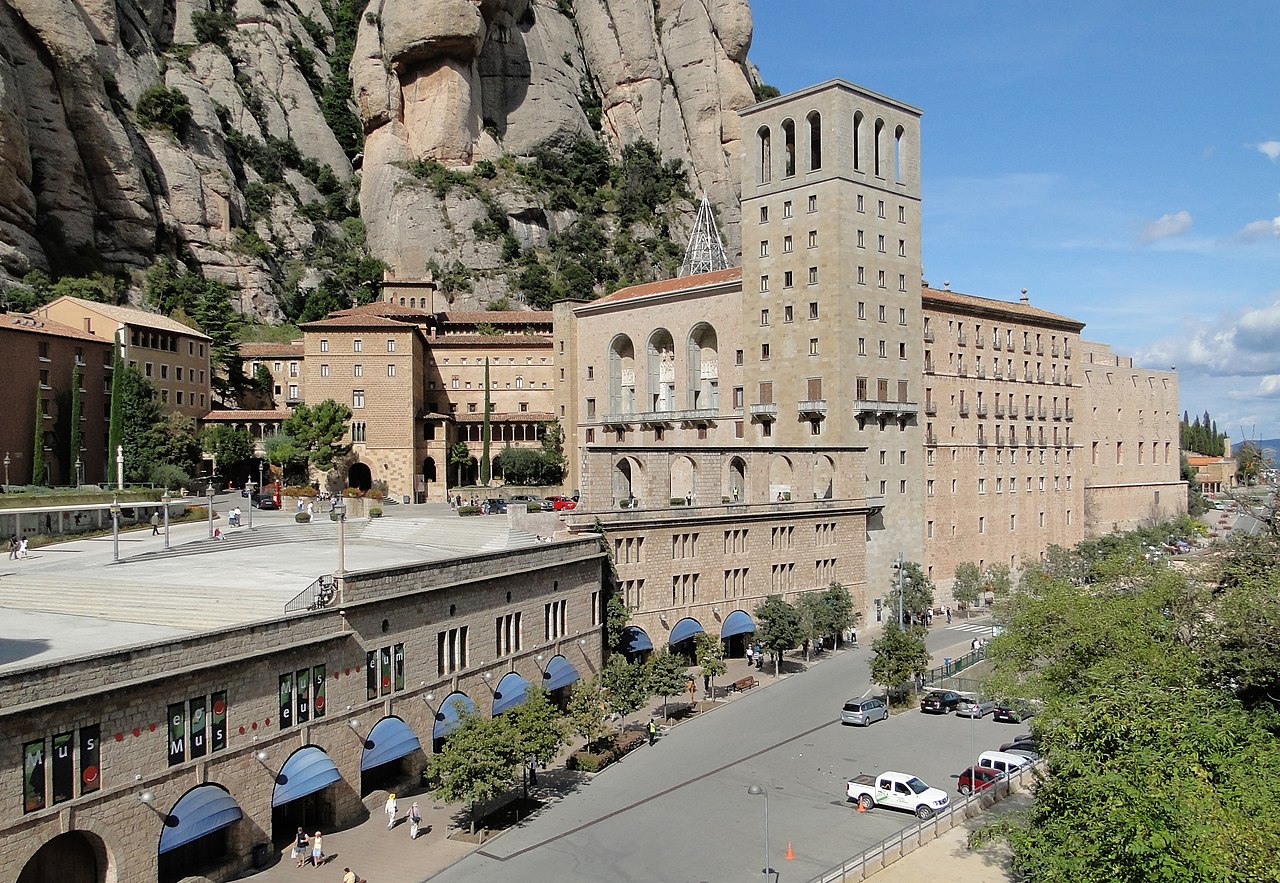
via Wikipedia
The contributions of Montserrat to wine culture include:
- Preservation of native Catalan grape varieties that might have disappeared
- Integration of winemaking with herbal medicine and religious practices
- Development of vineyard techniques suitable for mountainous terrain
- Cultural preservation of Catalan winemaking traditions
Beyond wine production, Montserrat became a symbol of cultural resilience. The monastery protected Catalan wine traditions during times of political oppression, ensuring that regional winemaking knowledge survived. Today, the renaissance of Catalan wine owes much to the viticultural history preserved by these dedicated monks.
Monte Oliveto Maggiore: Tuscany’s Winemaking School
In the rolling hills near Siena, the brick-red monastery of Monte Oliveto Maggiore stands as a testament to Tuscany’s monastic wine heritage. Founded in 1313, this historic wine making monastery played a crucial role in developing the techniques that would eventually define Chianti wine production and influence Italian wine regulations for centuries to come.
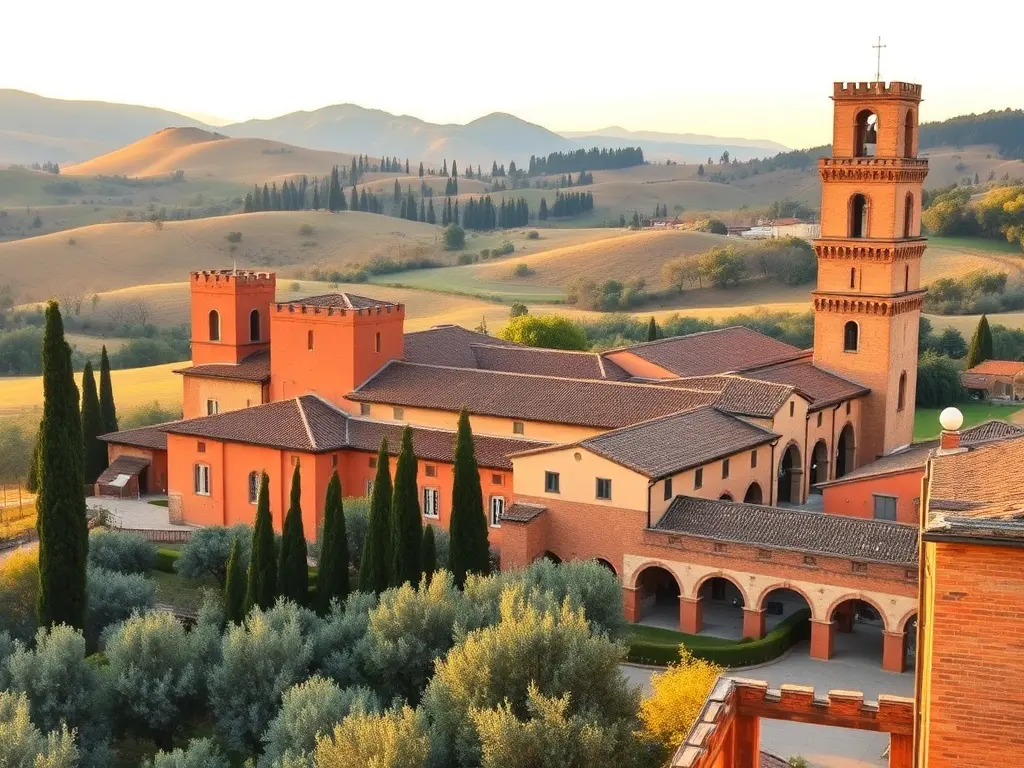
The monks’ viticultural contributions included:
- Pioneering pruning techniques that balanced vine vigor and fruit quality
- Creating blending formulations that would influence Chianti regulations
- Developing vineyard planting systems that maximized sun exposure
- Establishing aging protocols for Sangiovese-based wines
“Some of Tuscany’s best practices came not from nobility, but from monks perfecting the land year after year.”
Visiting this monastery today, you can still see frescoes depicting vineyard work and winemaking scenes that offer glimpses into historical techniques. The disciplined approach to viticulture implemented by these monks helped establish standards that would later form the backbone of Italy’s DOC and DOCG regulations. Their patient refinement of Tuscan winemaking laid groundwork for the region’s international reputation for excellence.
Melk Abbey: Austria’s Terraced Vine Masterpiece
The golden baroque façade of Melk Abbey rises majestically above the Danube River in Austria’s Wachau Valley. Founded in 1089, this historic wine making monastery demonstrates how monastic winegrowers adapted to challenging topographical conditions by developing some of the most impressive terraced vineyards in Europe. Their gravity-defying viticulture transformed near-vertical slopes into productive vineyard land.

via Wikipedia
The viticultural achievements of Melk Abbey include:
- Development of specialized terracing techniques for steep slopes
- Cultivation of stone-wall heat retention systems for ripening
- Championing Grüner Veltliner as a premium white grape variety
- Creating gravity-flow winemaking systems that preceded modern techniques
The monks’ ingenious solutions to difficult growing conditions made viticulture possible in what seemed like impossible terrain. Their commitment to quality over quantity established the Wachau’s reputation for exceptional white wines. Today, the UNESCO-protected cultural landscape of the Wachau Valley stands as a testament to the monks’ foresight in developing ancient winemaking territory into a world-class region.
Mount Athos: Byzantine Wine Traditions Preserved
Perhaps the most unique of all historic wine making monasteries exists on the autonomous monastic republic of Mount Athos in Greece. This peninsula houses 20 working monasteries where winemaking continues much as it has for over a millennium. What makes Mount Athos extraordinary is its unbroken viticultural continuity and commitment to traditional methods that pre-date modern interventions.
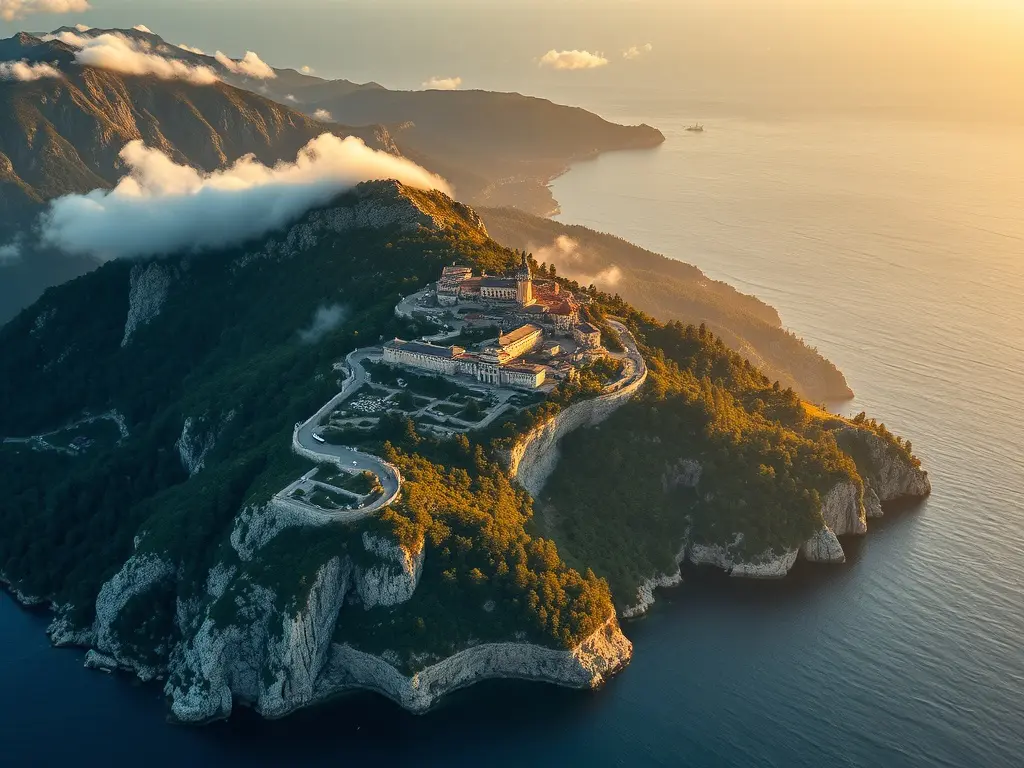
The distinctive features of Mount Athos winemaking include:
- Preservation of ancient Byzantine grape varieties not found elsewhere
- Natural winemaking with indigenous yeasts and minimal intervention
- Organic viticulture practiced long before it became a modern trend
- Integration of winemaking with spiritual practices and Byzantine traditions
What’s fascinating about Mount Athos is how these monasteries maintain methods that many modern natural winemakers now attempt to rediscover. The monks here never adopted many of the technological changes of the 20th century, instead maintaining techniques that date back centuries. Their wines offer a living connection to how wine might have tasted in the medieval and ancient world—a liquid time capsule of historic wine making monastery traditions.
Novacella Abbey: 850 Years of Alpine Innovation
In the dramatic landscape of Italy’s South Tyrol (Alto Adige), Novacella Abbey has maintained an uninterrupted winemaking tradition since 1142. This historic wine making monastery showcases the remarkable ability of monastic institutions to balance tradition with thoughtful innovation, producing wines that honor their heritage while embracing quality-focused advancements.
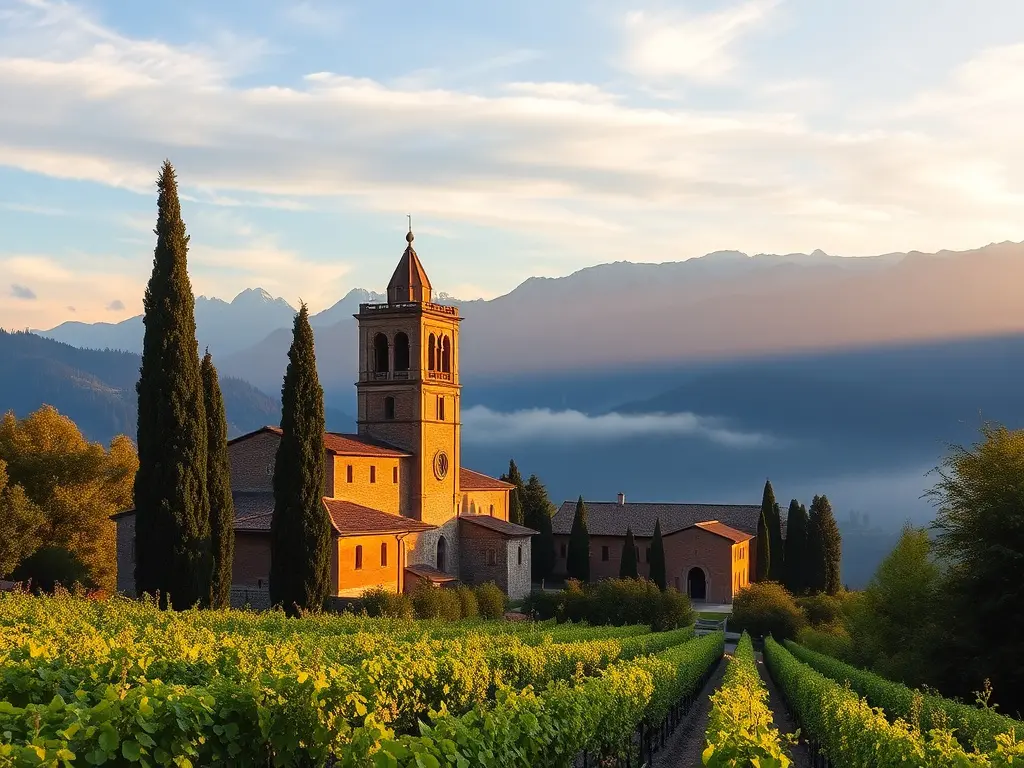
The achievements of Novacella’s winemaking legacy include:
- Specialization in aromatic white varieties like Sylvaner and Kerner
- Development of techniques for maintaining freshness in mountain wines
- Documenting vintage variations across nearly nine centuries
- Adapting traditional methods to address changing climate conditions
What makes Novacella remarkable is how it continues to thrive as a working winery while maintaining its monastic mission. The abbey produces internationally acclaimed wines while preserving its cultural heritage. This fusion of old and new demonstrates how historic wine making monasteries can remain relevant in the contemporary wine world while honoring centuries of tradition.
The Enduring Legacy of Monastic Wine Innovation
The influence of historic wine making monasteries extends far beyond their stone walls into virtually every aspect of modern winemaking. These sacred institutions developed the foundation of quality viticulture through patient observation, documentation, and experimentation across centuries. Their commitment to excellence transformed wine from simple sustenance into an expression of place and culture that continues to captivate wine lovers today.
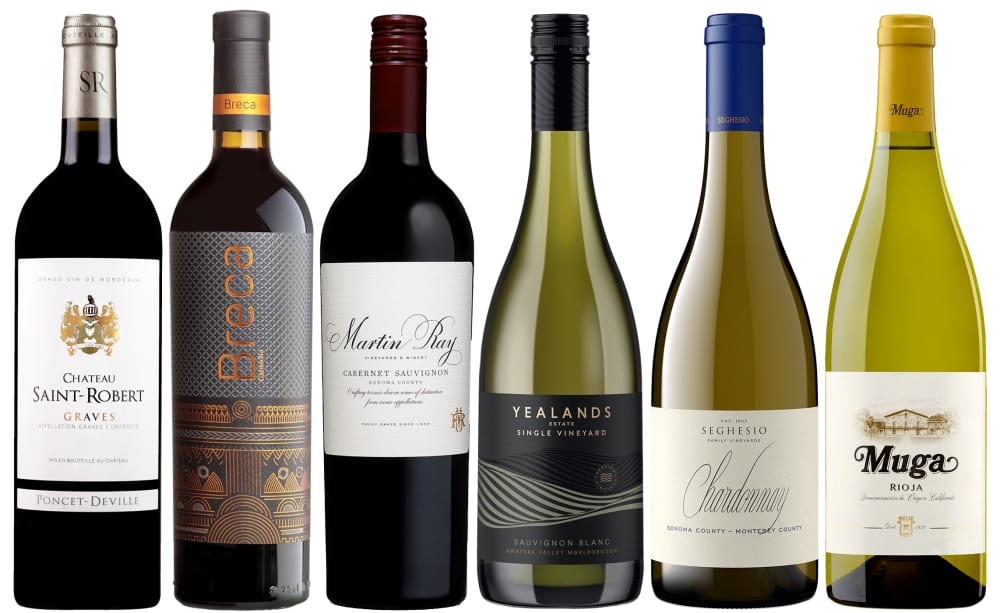
What strikes me most about these monastic winemakers is their long-term vision. In an era of quarterly profits and trend-chasing, these institutions thought in terms of generations and centuries. They valued sustainability before it was a buzzword, understanding that vineyard health required harmony with nature. Their pioneering spirit lives on in today’s best winemakers who balance tradition with innovation.
Next time you enjoy a glass of wine, take a moment to appreciate the monastic hands that likely shaped its style centuries ago. Whether it’s the precise vineyard classifications of Burgundy or the traditional methods preserved in Greece, historic wine making monasteries created the template for quality wine that guides producers worldwide. Their legacy flows through every glass—a testament to the power of patience, dedication, and reverence for the land.




